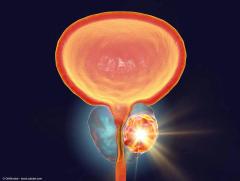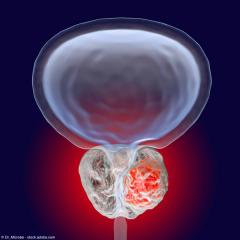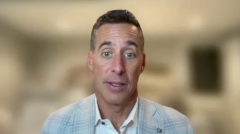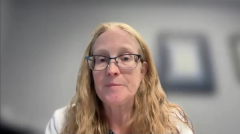
Conventional imaging obstacles that PSMA-PET overcomes
Jaideep S. Sohi, MD, discusses the challenges with the use of conventional imaging in prostate cancer and how PSMA-PET alleviates these issues.
Episodes in this series

In this video, Jaideep S. Sohi, MD, discusses the challenges with the use of conventional imaging in prostate cancer and how PSMA-PET imaging alleviates these issues. Sohi, is a nuclear medicine physician with Northwestern University and American Molecular Imaging.
Transcription
PSMA-PET imaging has had a tremendous impact on the diagnosis and management of prostate carcinoma. Standard conventional imaging consists of 4 main modalities: CT, bone scan, ultrasound, and MRI. These are all very valuable imaging modalities; they come with some benefits and drawbacks. One of the biggest drawbacks of bone scan is that you really need the PSA to be quite high before you can see anything meaningful on the scan. CT scans are used widely on a daily basis; however, one challenge with CT is that depending on the field of view you’re using, you may not input the entire patient's body. Another challenge with CT is that we know that two-thirds of the lymph nodes involving prostate carcinoma may not be considered enlarged by CT criteria, so there is a possibility that we will not identify nodal metastatic disease when using CT. Then we have MRI and ultrasound which are wonderful modalities. We use them again quite extensively. The challenge with them, however, is that they are only useful for evaluation of the pelvis and the prostate gland and not the whole body. And so, with PSMA-PET imaging, we now have a modality that can evaluate the whole patient in soft tissues and bony structures from skull to thighs.
Transcription has been edited for clarity.
Newsletter
Stay current with the latest urology news and practice-changing insights — sign up now for the essential updates every urologist needs.






![EP. 9 [68Ga]Ga-PSMA-11 PET/CT shows value in initial staging of prostate cancer](https://cdn.sanity.io/images/0vv8moc6/urologytimes/6583419a0719128d5ec70eb6a2f5729faf857b50-1200x905.jpg?w=240&fit=crop&auto=format)




























